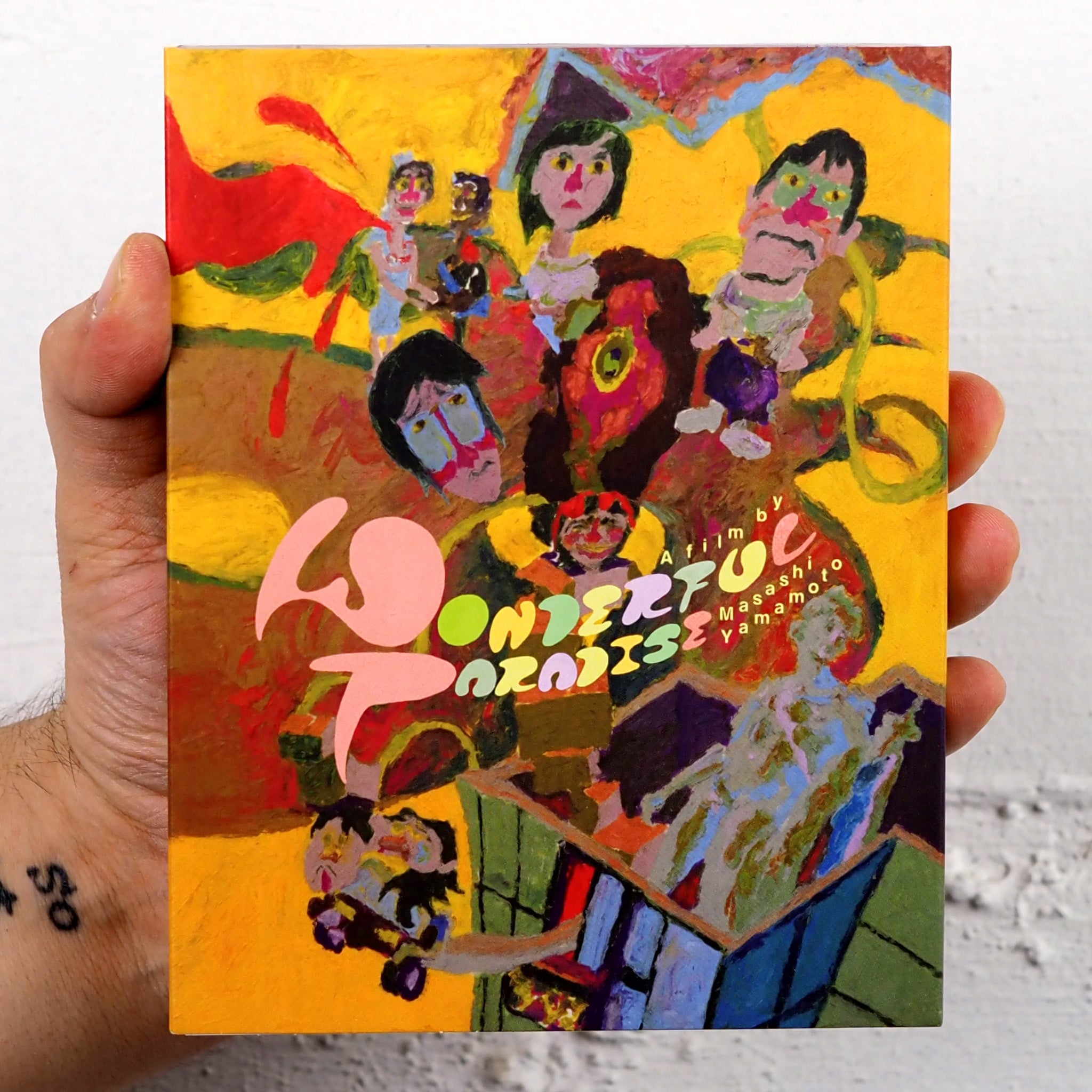

Artwork by Gabor Bata
The debt-ridden Sasayas must move out of their suburban Tokyo house. In the midst of packing, the family’s rebellious daughter posts an open invitation online: “Let’s have a party!” Soon, guests pour in: from estranged relatives, to lovers on the run; from drug dealers and yakuza to supernatural delights of the kaiju variety...
With the unflinching logic of an ever-escalating matsuri, Masashi Yamamoto offers a demented spin on the unwanted guest narrative that pinballs until all notions of cinematic realism and common sense are well thrown out the window. Here, he casts his eye on the upper-middle classes yet continues to build a version of his onscreen punk utopia (as begun in Robinson’s Garden, What’s Up Connection and the earlier, nihilistic Carnival in the Night): finding the fault lines in another set of zany characters that allow for the upending of Japanese propriety by way of an a joyful cinematic mayhem.
The debt-ridden Sasayas must move out of their suburban Tokyo house. In the midst of packing, the family’s rebellious daughter posts an open invitation online: “Let’s have a party!” Soon, guests pour in: from estranged relatives, to lovers on the run; from drug dealers and yakuza to supernatural delights of the kaiju variety...
With the unflinching logic of an ever-escalating matsuri, Masashi Yamamoto offers a demented spin on the unwanted guest narrative that pinballs until all notions of cinematic realism and common sense are well thrown out the window. Here, he casts his eye on the upper-middle classes yet continues to build a version of his onscreen punk utopia (as begun in Robinson’s Garden, What’s Up Connection and the earlier, nihilistic Carnival in the Night): finding the fault lines in another set of zany characters that allow for the upending of Japanese propriety by way of an a joyful cinematic mayhem.